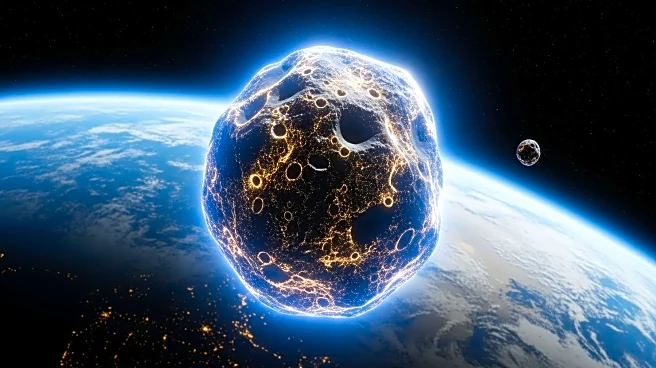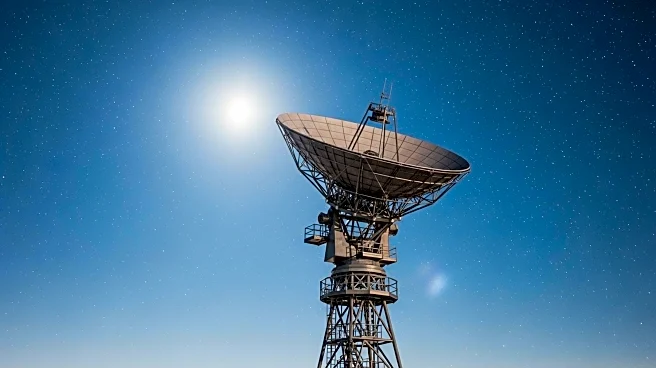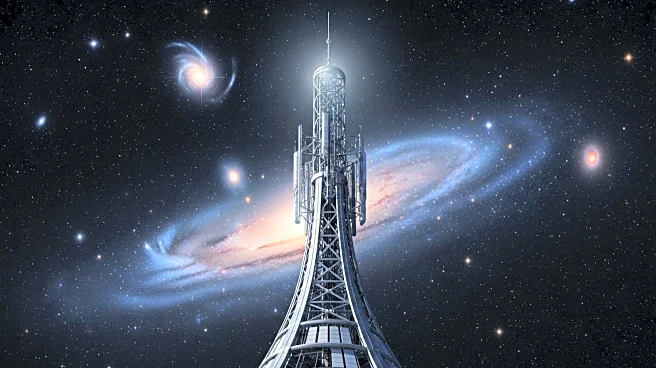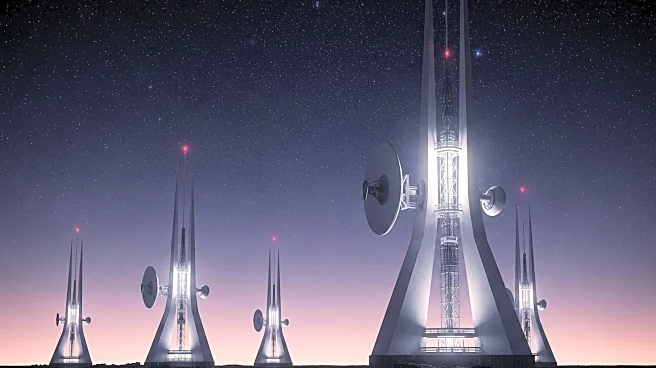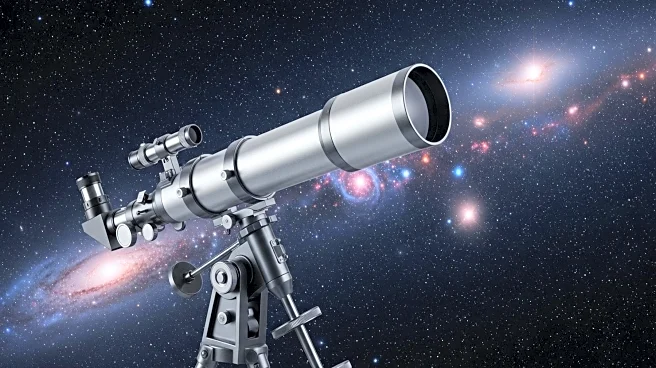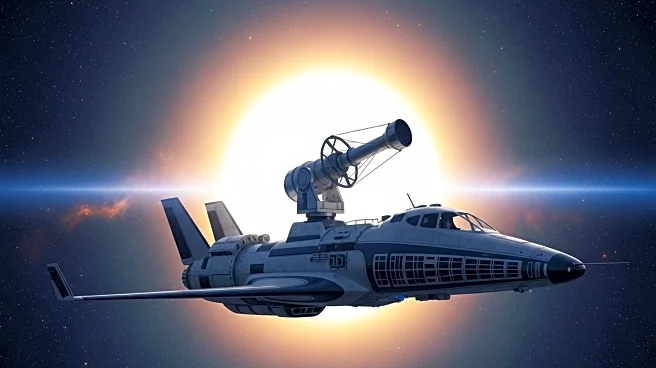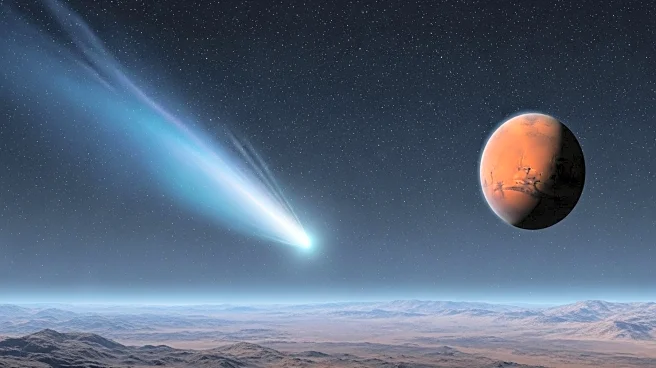What's Happening?
An asteroid, designated 2025 TF, made a remarkably close pass by Earth, soaring over Antarctica at an altitude of approximately 266 miles, which is comparable to the orbit of the International Space Station. This event marks the second closest approach of an asteroid to Earth ever recorded. The asteroid, measuring between 3 to 10 feet in diameter, was initially detected by the Catalina Sky Survey at the University of Arizona's Lunar and Planetary Lab. The European Space Agency (ESA) confirmed that objects of this size do not pose a significant threat to Earth. However, they can create fireballs upon entering the Earth's atmosphere and potentially lead to the discovery of small meteorites. The ESA's Planetary Defence Office, using the Las Cumbres Observatory telescope in Australia, was able to track the asteroid shortly after its discovery, allowing for precise calculations of its trajectory.
Why It's Important?
The close approach of asteroid 2025 TF underscores the importance of ongoing efforts in planetary defense and the monitoring of near-Earth objects. While this particular asteroid posed no threat, the event highlights the capabilities of current detection systems and the need for continued vigilance. The ability to track and predict the paths of such objects is crucial for early warning and potential mitigation strategies in the event of a future threat. The ESA's successful tracking of the asteroid demonstrates the effectiveness of international collaboration in space observation and defense. This incident also serves as a reminder of the dynamic nature of space and the potential risks posed by even small celestial bodies.
What's Next?
While asteroid 2025 TF did not pose a threat, the event may prompt further discussions and investments in planetary defense initiatives. Agencies like the ESA and NASA are likely to continue enhancing their detection and tracking capabilities to better predict and respond to potential asteroid threats. The close approach may also lead to increased public interest and awareness regarding space safety and the measures in place to protect Earth from extraterrestrial hazards. Future advancements in technology and international cooperation will be key in ensuring the continued safety of the planet from such cosmic events.

